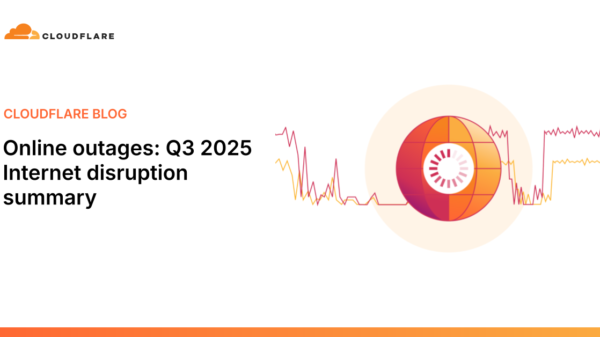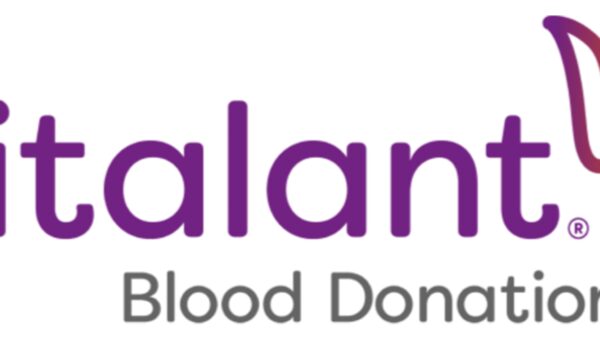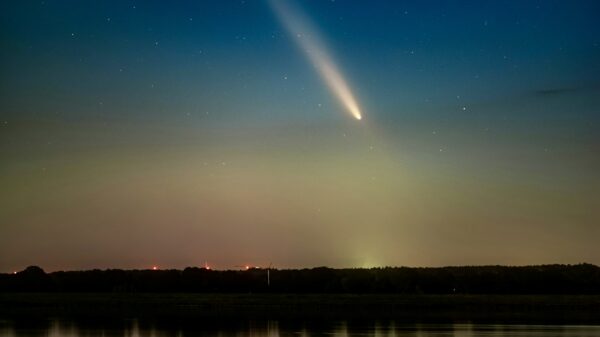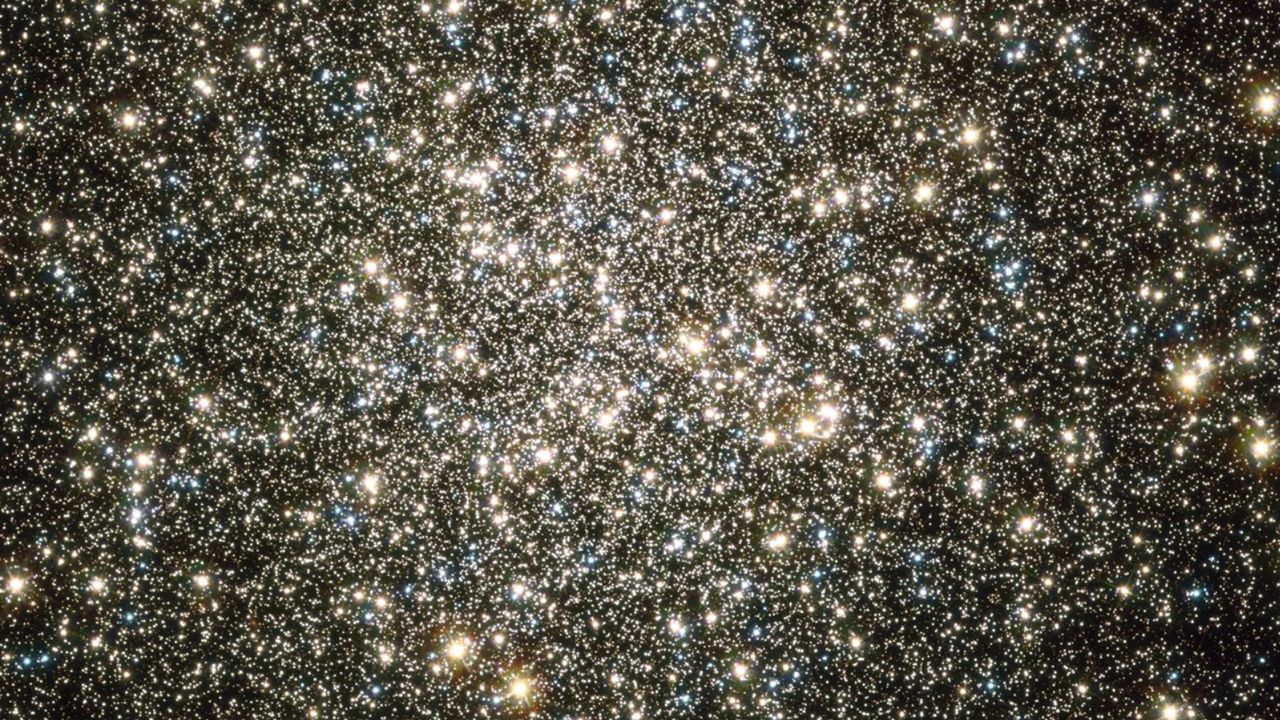As summer nights warm in August 2025, stargazers in the northern hemisphere can look forward to an exceptional opportunity to observe three spectacular star clusters. The Great Hercules Cluster, the Hyades, and the Pleiades will be prominent features in the night sky, providing a breathtaking experience for both amateur and seasoned astronomers.
Exploring the Great Hercules Cluster
The Great Hercules Cluster, also known as Messier 13, is a globular star cluster located approximately 25,000 light-years from Earth in the constellation Hercules. To locate it, look for the ‘Keystone’ asterism, a diamond-like formation of four stars that forms the heart of the constellation. This cluster contains around 100,000 stars, making it a stunning target for telescopes and binoculars.
When searching for the Hercules Cluster, positioning your binoculars or telescope between the two stars closest to the nearby constellation Bootes—Zeta Herculis and Eta Herculis—will reveal the ancient light emitted by this stellar grouping. For the best viewing experience, consider using a smartphone astronomy app to guide your exploration.
Admiring the Hyades Open Star Cluster
Another noteworthy cluster is the Hyades, one of the nearest open star clusters to Earth, located just 150 light-years away. In August, this cluster will be visible in the early morning hours, taking the form of a sideways ‘V’ that represents the face of the bull in the constellation Taurus. Look for the bright red star Aldebaran nearby, which is often mistakenly thought to be part of the cluster, though it is actually located about 65 light-years from Earth.
As the sun rises, the Hyades will twinkle to the upper right of the planets Venus and Jupiter, creating a captivating celestial display.
Spotting the Pleiades – The Seven Sisters
The Pleiades, also known as M45, is one of the most famous open star clusters in the night sky. This cluster hosts over a thousand white-blue stars, with its seven brightest members easily visible through binoculars. By mid-August, the Pleiades will appear roughly 10 degrees above the Hyades in the morning sky.
For those interested in enhancing their stargazing experience, binoculars like the Celestron Nature DX 12×56 are recommended. These provide excellent magnification and clarity, allowing observers to fully appreciate the beauty of the Pleiades and its neighbor clusters.
In conclusion, August 2025 promises to be an exciting month for astronomy enthusiasts. With the Great Hercules Cluster, the Hyades, and the Pleiades all shining brightly in the sky, both novice and experienced observers will have ample opportunity to witness these magnificent star clusters. For those keen on capturing the night sky, a roundup of the best telescopes and binoculars will be available to help enhance your experience.

































































